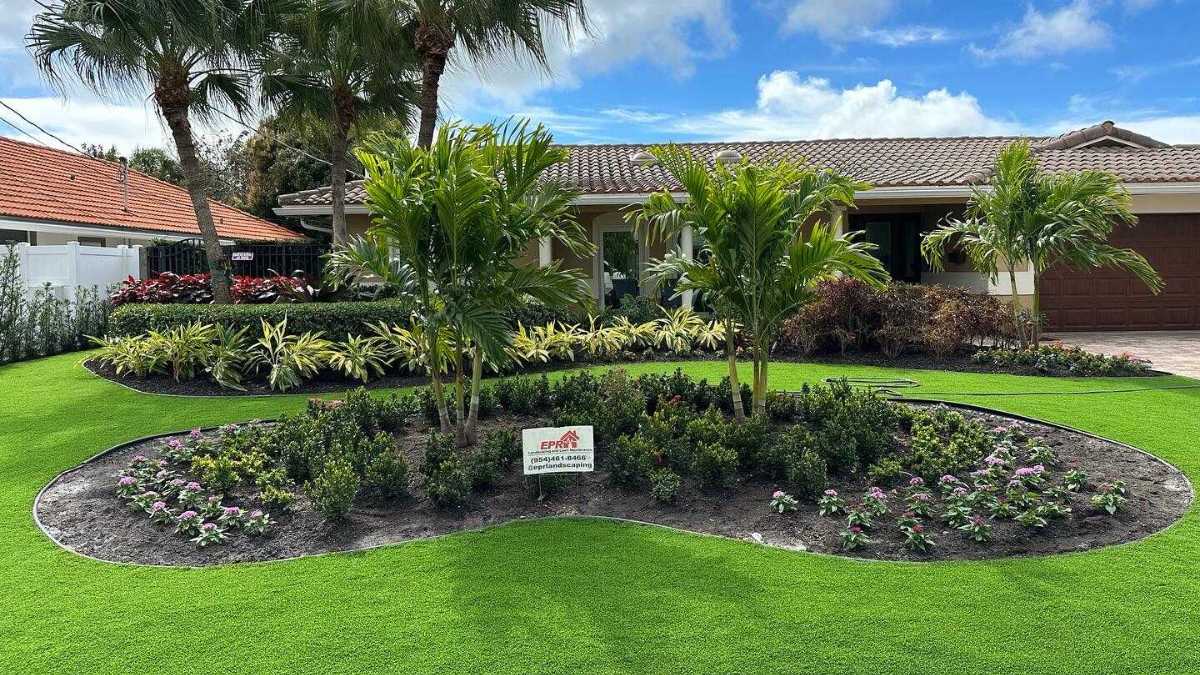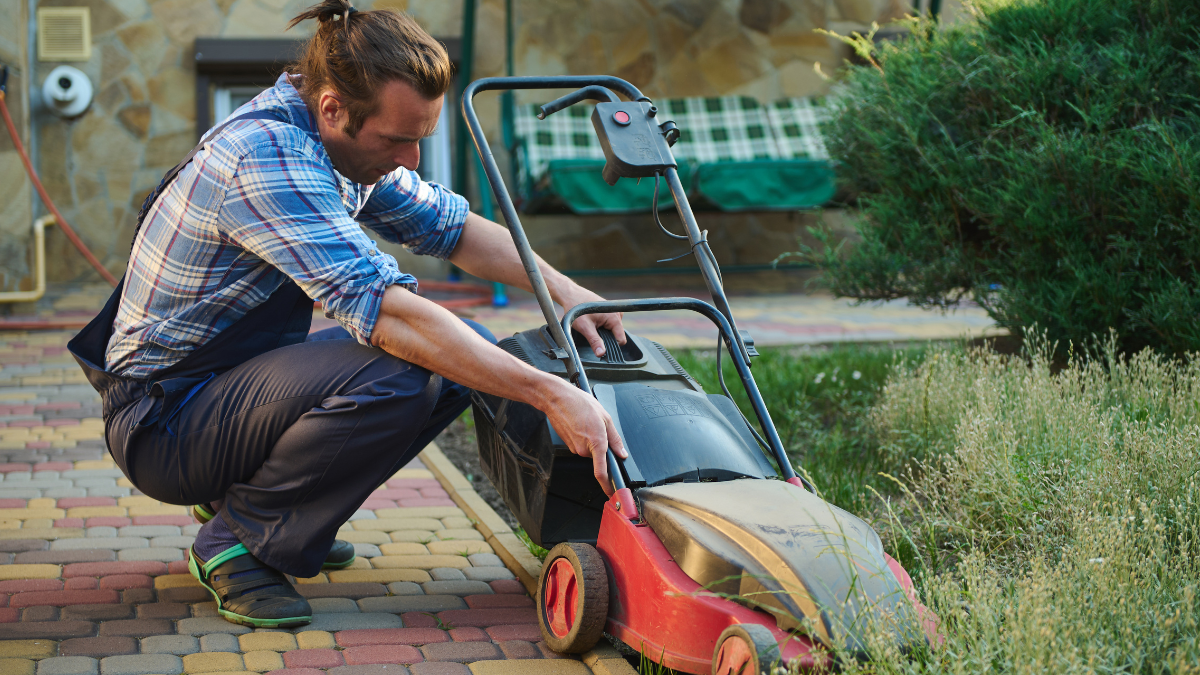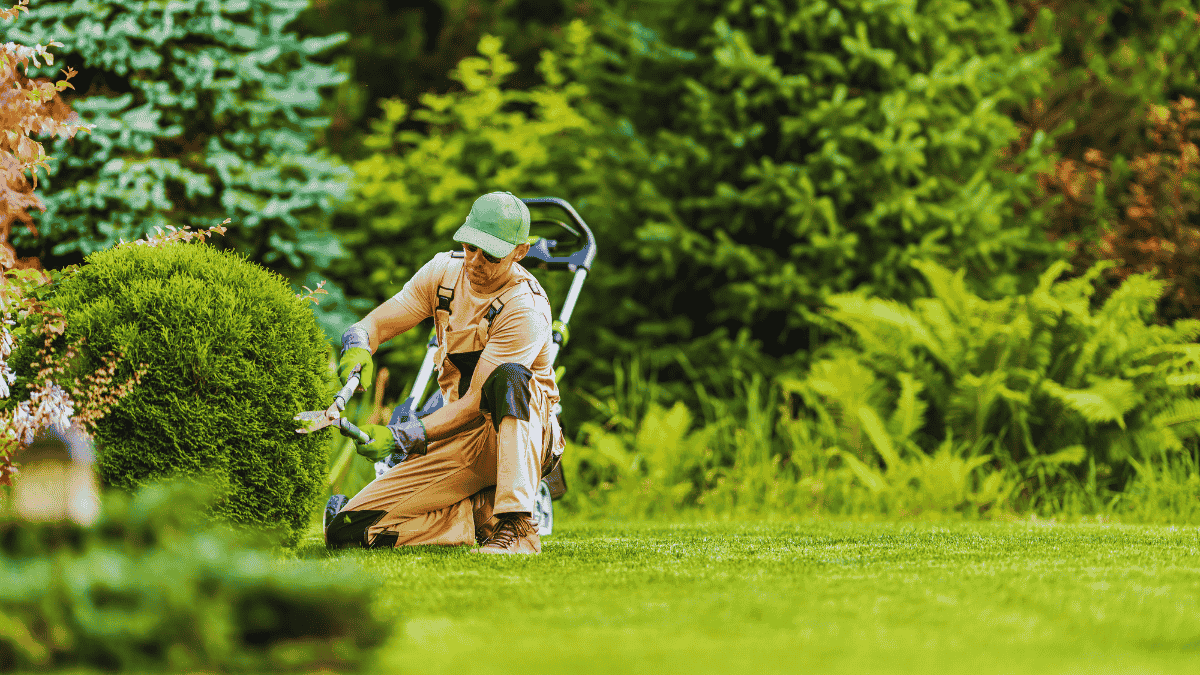Introduction: Summer Is Hard on Your Lawn
Summer can be fun. But for your lawn, it can be tough. The heat is strong. Rain is not always enough. And your grass can start to look brown and tired. That’s why a good Summer Lawn Care Guide is needed. With a little care, your lawn can stay green and fresh, even in the hottest months.
Watering Is Done Right in the Morning
In summer, water is needed more often. But it has to be done at the right time. Early morning is the best. This gives the grass time to soak it in before the sun gets too hot. If it’s done at night, the water just sits there. That can lead to fungus and problems.
Don’t Water Too Much
More heat doesn’t always mean more water. Too much water can hurt the roots. It can wash away nutrients too. So, it’s better to water deeply but not too often. Two or three times a week is usually enough. This helps the roots grow stronger and deeper.
The Right Mowing Keeps It Healthy
Mowing is part of every Summer Lawn Care routine. But in the summer, mowing is done a bit differently. The grass should not be cut too short. If it is, it can burn under the sun. Taller grass keeps the soil cool. It also helps block out weeds. So the lawn stays healthier and thicker.
Keep the Mower Blades Sharp
Blades that are dull can hurt the grass. They tear the blades instead of cutting clean. This makes the grass turn brown at the tips. It also makes it easier for diseases to spread. So, sharpening the mower blades often is a good habit.
Fertilizing Should Be Done With Care
Fertilizer gives food to your lawn. But in the summer, only light feeding is needed. Too much can burn the grass. It’s better to use slow-release types. These feed the lawn gently over time. Always follow the instructions on the bag. That keeps the grass safe and happy.
Weeds Are Pulled Before They Spread
Weeds can grow fast in the heat. They take food and water from your grass. If left alone, they spread quickly. That’s why they should be pulled as soon as they appear. Some people use safe weed killers. But pulling by hand is also a good way to control them.
Don’t Walk Too Much on Dry Grass
Grass gets tired in the heat. If people keep walking over it, it gets pressed down. That makes it hard for it to grow strong. In dry months, paths can be used to protect the lawn. Pets can also be kept off the grass when it’s too hot. This helps the grass bounce back faster.
Shade Can Help in Hot Areas
Some spots get more sun than others. If grass is always dry in one area, some shade can be added. An umbrella, a tall plant, or a little garden decor can be used. It gives the grass a little break from the strong sun. Even a bit of shade can make a big difference.
Mulching Helps Lock in Moisture
Mulch is often used in gardens, but it helps lawns too. Grass clippings can be left behind after mowing. These clippings act like a natural mulch. They hold in water and keep the soil cool. This helps the lawn stay green without extra effort.
Know the Right Grass for Your Climate
Not all grass is the same. Some types love the heat. Others don’t. If your lawn always struggles in summer, it may be the wrong kind of grass. Talking to a local garden expert can help. They can suggest grass that does better in your area’s summer heat.
Check for Bugs or Lawn Diseases
Sometimes, brown patches are not from the sun. Bugs or diseases may be causing problems. Tiny holes or signs of chewing may be seen. In such cases, a lawn expert can be called. Early help can stop the damage from spreading. The lawn will have a better chance to recover.
Raking Can Help Air Flow
Even in summer, light raking can help. It removes old grass and lets air reach the soil. This helps the roots breathe. It also keeps mold or moss from building up. But don’t rake too hard. The goal is just to keep the lawn fresh.
Let the Grass Rest After Care
After watering or feeding, time should be given. The grass needs rest to take in the water and food. No walking or mowing should be done right away. A calm lawn recovers faster. It stays strong and bounces back better after every care step.
Use Natural Lawn Boosters When You Can
Sometimes, natural helpers can be used. Compost, tea water, or even banana peel water is used by some gardeners. These give small boosts of food. They are safe and kind to the grass. Using fewer chemicals also keeps the lawn and the soil healthy over time.
Keep a Regular Schedule
A lawn loves routine. Watering, mowing, and feeding should be done on a set plan. This helps the grass grow in a steady way. It also helps spot problems early. If something looks off, it’s easier to notice and fix quickly.
Final Thoughts: A Little Care Goes a Long Way
Taking care of a lawn in summer may seem hard. But with the right steps, it becomes simple. A few changes to your routine can make a big difference. The grass can stay green. The yard can stay fresh. And summer days can be enjoyed more with a healthy lawn under your feet.



